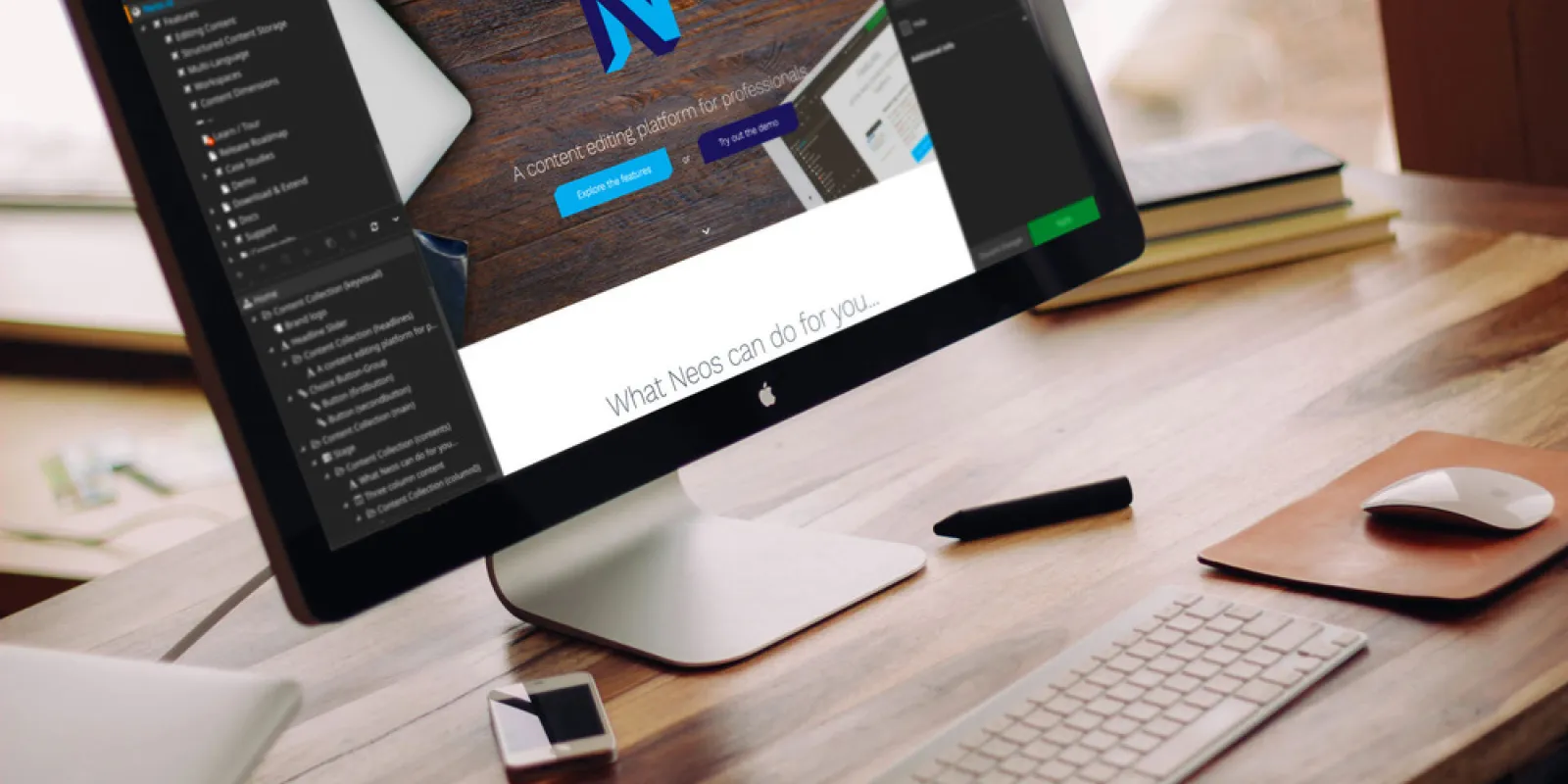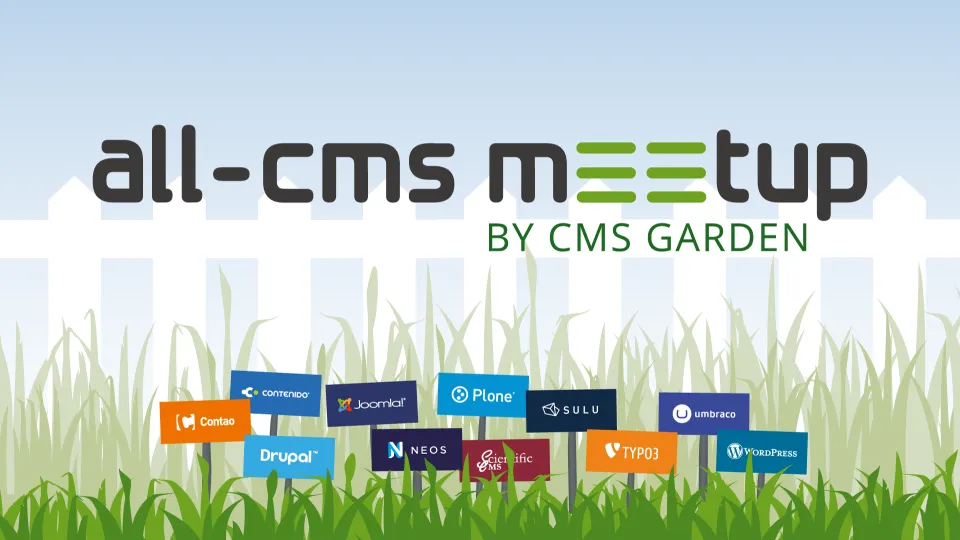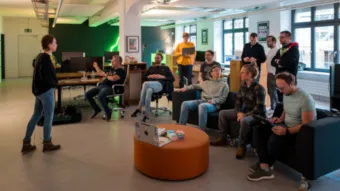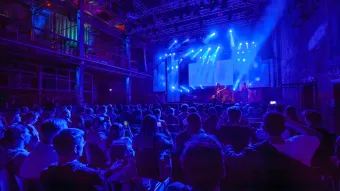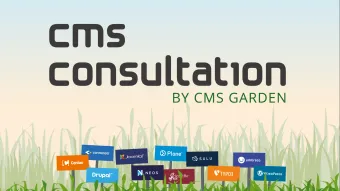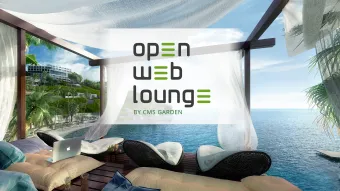Weaknesses
Using Neos CMS always involves some level of custom development. To ensure complete design flexibility, each specific application requires a minimum amount of tailored coding.
Technical Background
Neos CMS is built on PHP and enhanced with React UI. Its content repository is node-based, allowing for a flexible, hierarchical structure that can accommodate both simple and complex websites. In addition, database management is streamlined and made efficient thanks to the use of Doctrine as its ORM.
For templating, Neos utilizes Fusion and AFX, which support a component-based design approach. This not only simplifies the layout process but also enhances reusability and modularity, making it familiar and user-friendly for front-end developers.
Neos CMS is designed to integrate seamlessly with external systems, and its functionality can be expanded through Composer packages. It also provides advanced features like multilingual content management, along with flexible user permissions and access control. Version 9 introduces a groundbreaking and innovative content repository built on CQRS and event sourcing, which not only tracks the current state of your content but also preserves its entire history.
Extensibility
Neos CMS has long relied on Composer as its package manager, making it easy to extend the system with any library available on Packagist. For those seeking specific extensions tailored to Neos, the project website offers a collection of plugins that can be installed through Composer.
These extensions range from tools for integrating ChatGPT to help create and optimize editorial content, to Elasticsearch for search functionality, and even image database connectors or tracking tools like Google Analytics. Google Analytics, in particular, can be tightly integrated so that relevant data is displayed directly on the corresponding Neos page.
Currently, there are over 1,000 extensions available for Neos CMS.
Operations
Neos provides developers and administrators with a highly versatile command-line interface (CLI) that simplifies the installation of Neo and can be used to perform backups and database migrations. This allows full automation of rollouts and operations, supporting modern practices like continuous integration and deployment in Neos projects.
The CLI can be extended with custom commands to manage project-specific tasks. Additionally, Neos supports a variety of databases, including MySQL, Postgres, Oracle, and Microsoft SQL, making it easy to integrate into existing system architectures.
Community
Neos is becoming increasingly popular and its community is growing. Information about how you can also get involved is available on the project website.
The most important community event, the annual Neos Conference, is where the latest technical and business topics are discussed. Several times a year, the community also organizes "sprints" focused on various topics. These week-long events bring together members to work on predefined projects of interest to the community. For newcomers, these sprints are a great way to meet the core team and start contributing to the Neos project.
